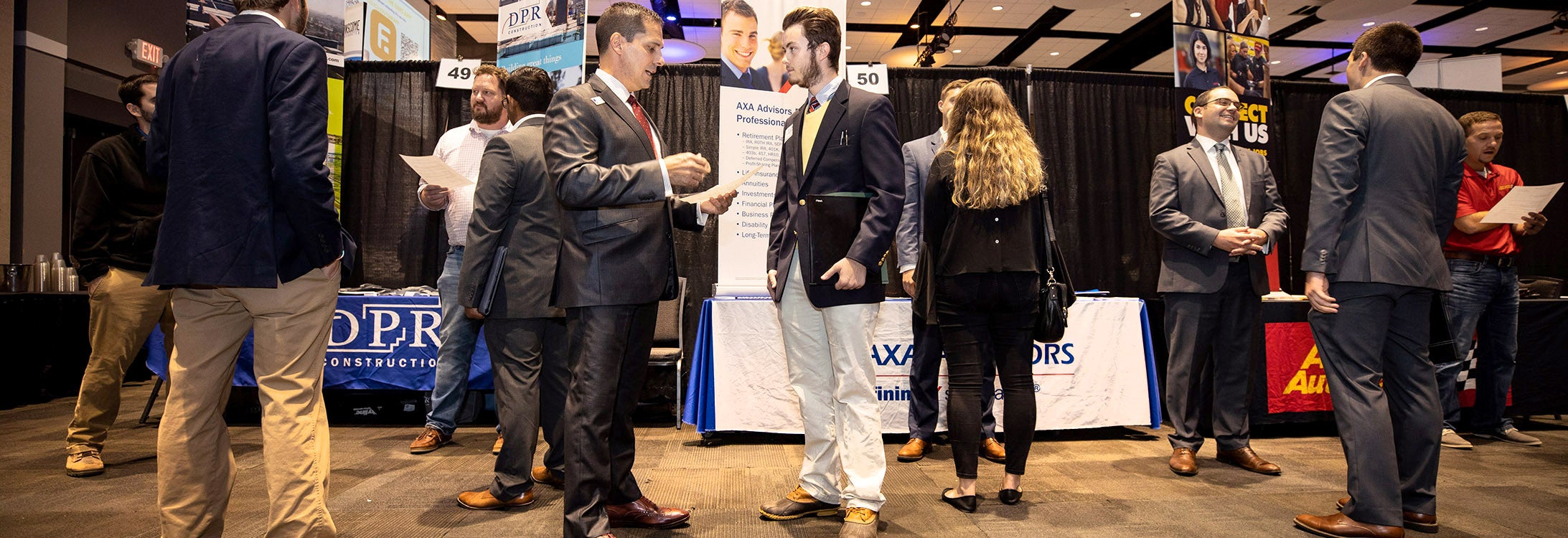Increase Utilization of Shared Services
Across ECU, there are numerous common operational tasks and workflows that have large volumes, yet individual operating units each perform a relatively small number of these tasks independently, contributing to operational redundancy, inefficiency, and task rework. Examples may include electronic personnel action forms, purchasing, grant/contract administration, budgeting, travel, student employment, student learning contracts, undergrad and grad student contracts, etc.
It is critically important that work on this recommendation engages multiple constituencies across the university. Solutions will vary. Those with boots on the ground need a voice in the evaluation and implementation process.
Future implementation workgroups should evaluate and effectuate consolidation and centralization of such activities at the university- or college-level. It may be appropriate to consider three models. One is to physically centralize an activity with reporting lines to units. Another is to use a distributed model where personnel with specific expertise report to a central office but are deployed to units with larger work volumes. The third is to create support hubs for specific tasks. An example is the A-FiSH hub in Learner Operations. Applicable models should be staffed with current qualified staff from across the university. The implementation group should examine metrics and work volumes to guide consolidation efforts.
This work can benefit the university in various ways: offer backup for common tasks and for a one-staff-person office, help with and consistency of onboarding and training, increase exchange of ideas to effectively complete common tasks, and create common and consistent workflows across the university.
As shared services operations are implemented, examine remaining staff allocations across campus and adjust accordingly. Over 3-5 years and through attrition, reduce some types of staffing levels. Provide temporary funds to renovate physical space when applicable and where needed appropriately. Physical proximity to the customer is important with respect to some tasks.
Priority: High
Savings/Revenue: $$$
Time to Achieve: 1 to 5 years
Additional work through October 2025, includes transition and communication plan, POSO strategic plan and roadmap for future improvements.
March 3, 2025 Update
Identify opportunities for a shared service model and create appropriate shared service centers that effectively address the needs of campus stakeholders.
Workgroup
Stephanie Coleman, Administration and Finance
Chris Rowland, Administration and Finance
Allison Danell, Thomas Harriot College of Arts and Sciences
Mike Harris, College of Business
Harry Ploehn, College of Engineering & Technology
Jennifer McKinnon, Thomas Harriot College of Arts and Sciences
Thompson Forbes, College of Nursing
Michael Hale, College of Allied Health Sciences
Brian Mattern, Student Affairs
Timeline
Before May 15, identify potential functions to centralize, assess current process efficiency across departments, identify potential options, evaluate technology needs, and engage with key stakeholders to understand their requirements and concerns.

